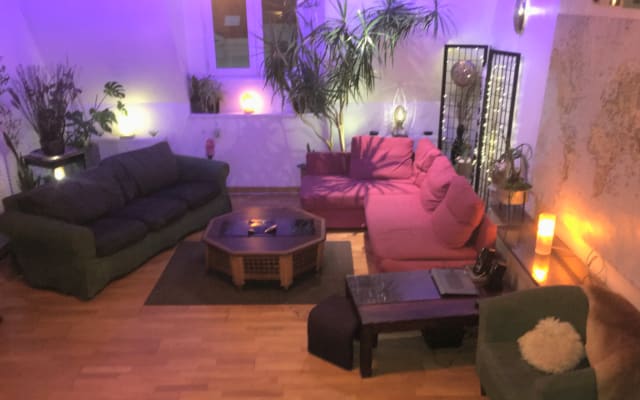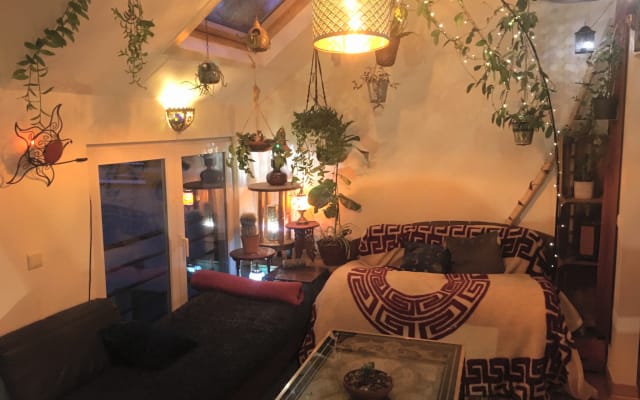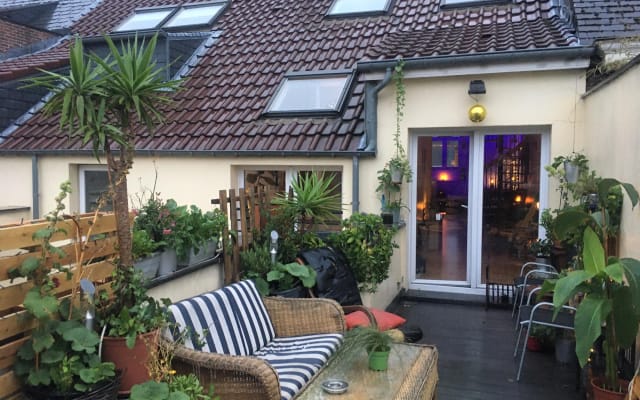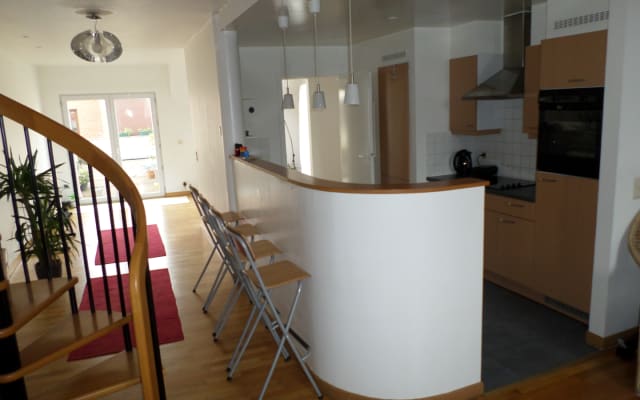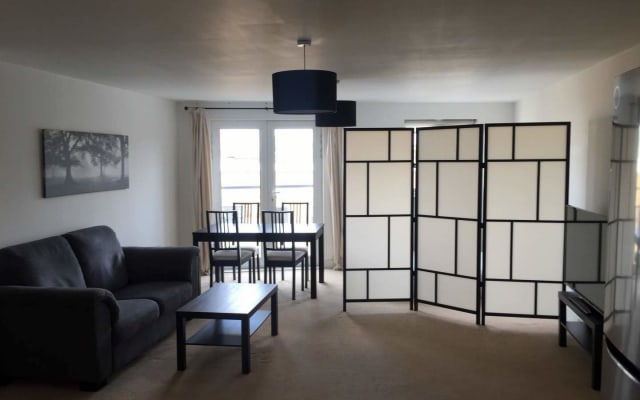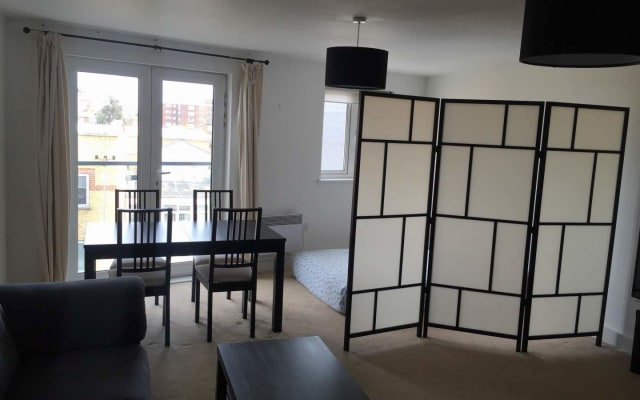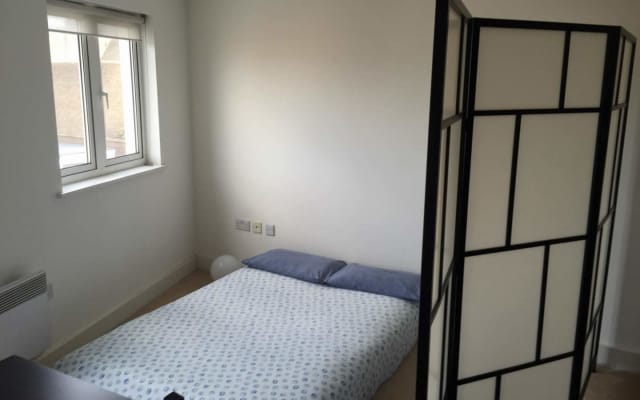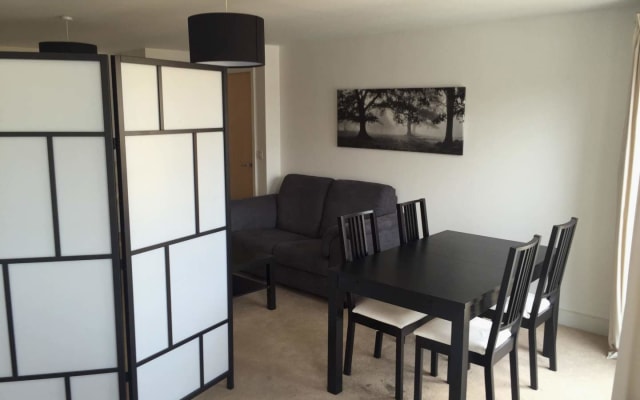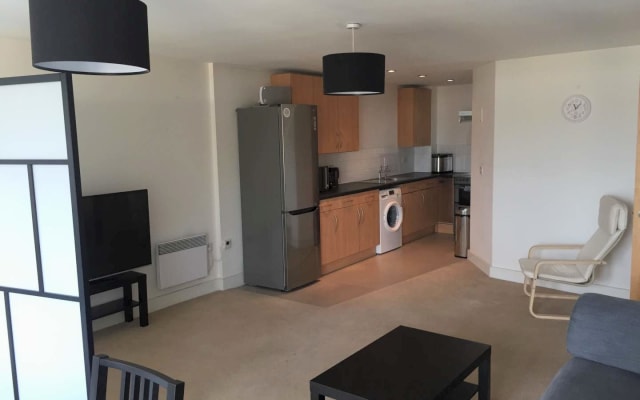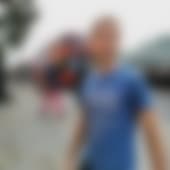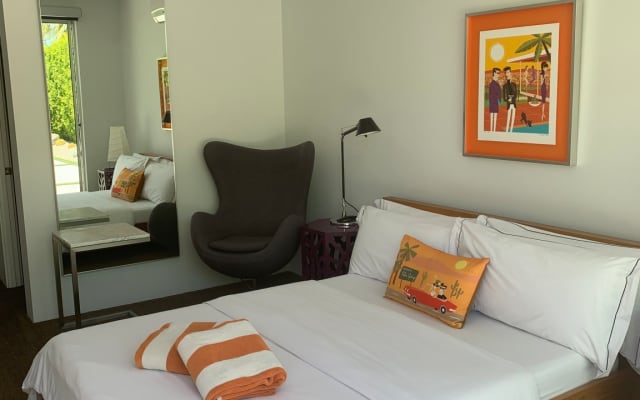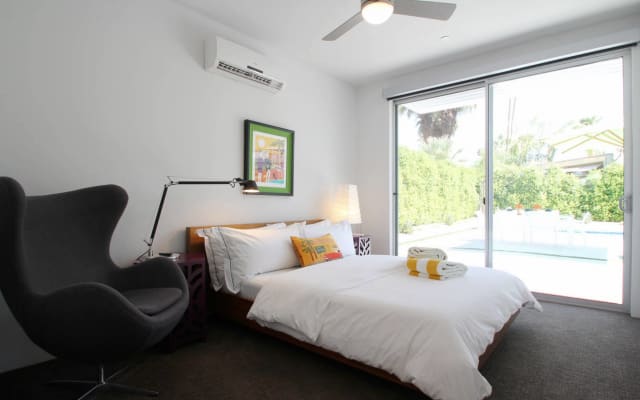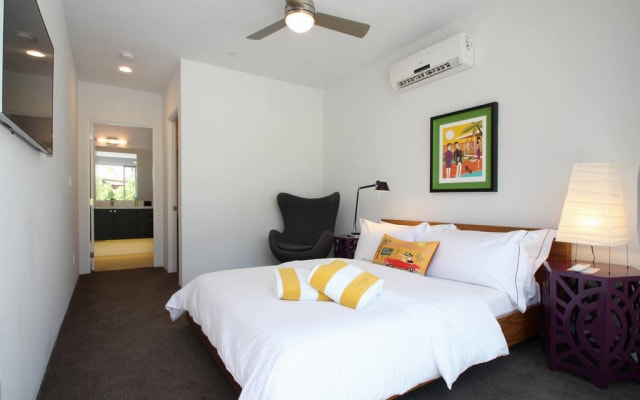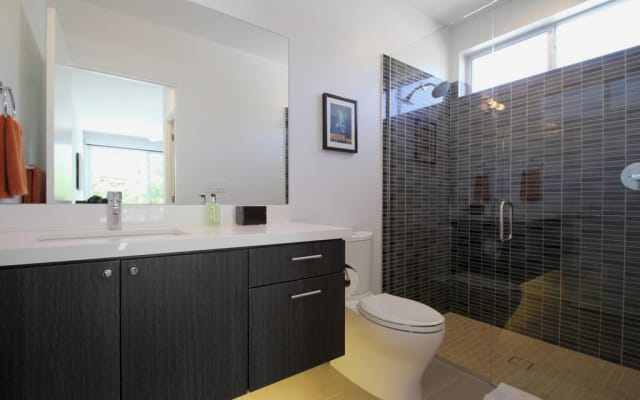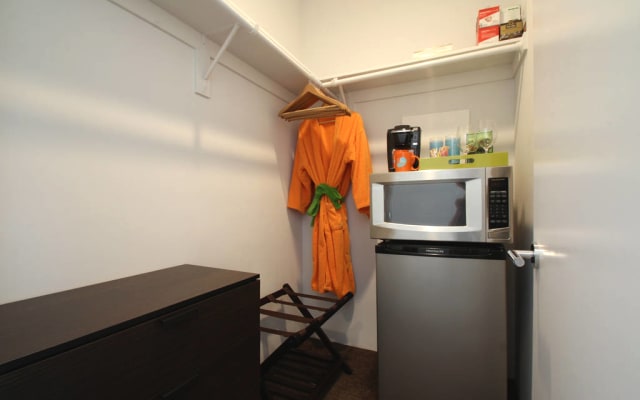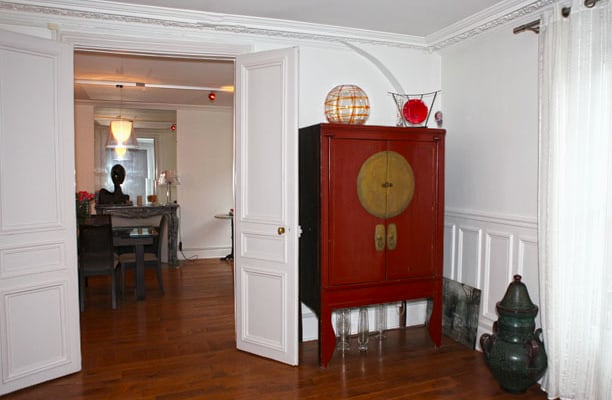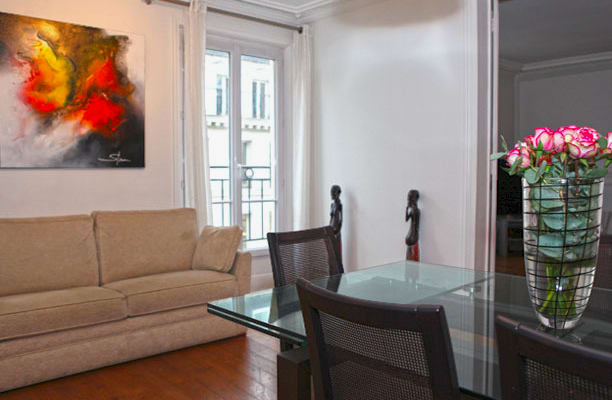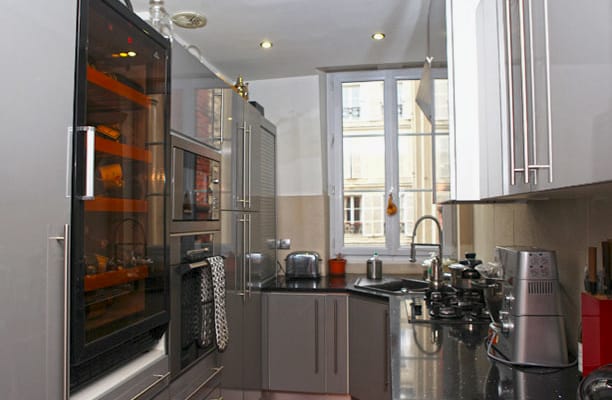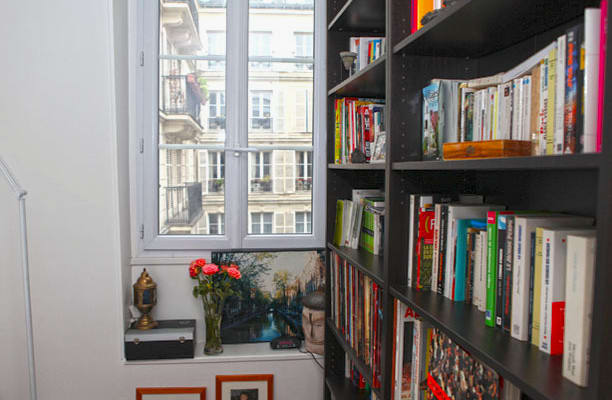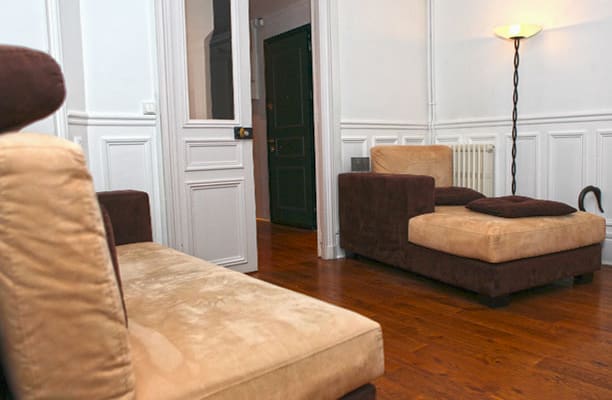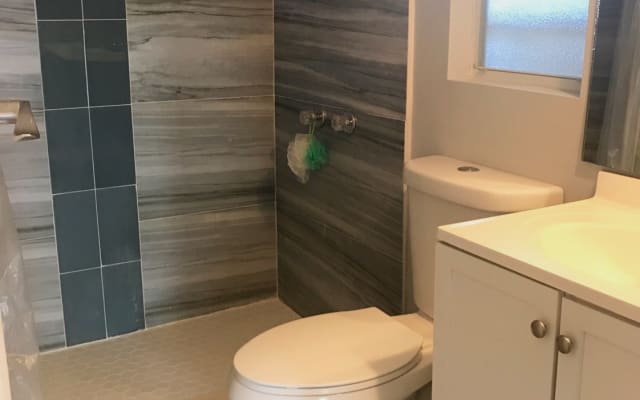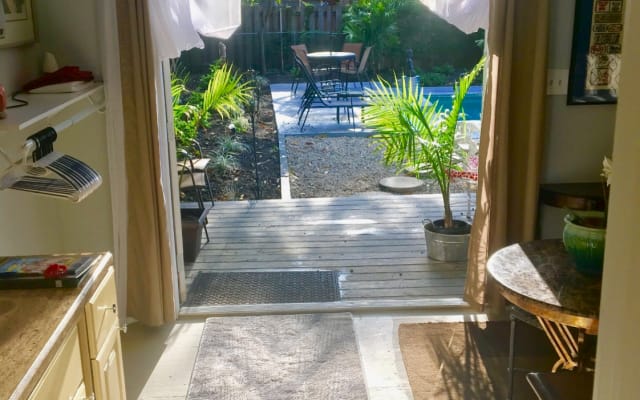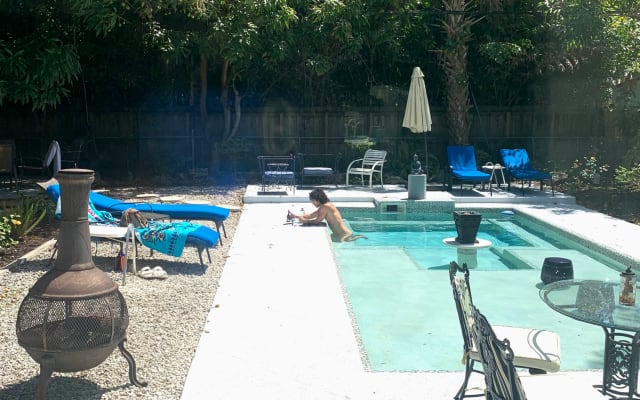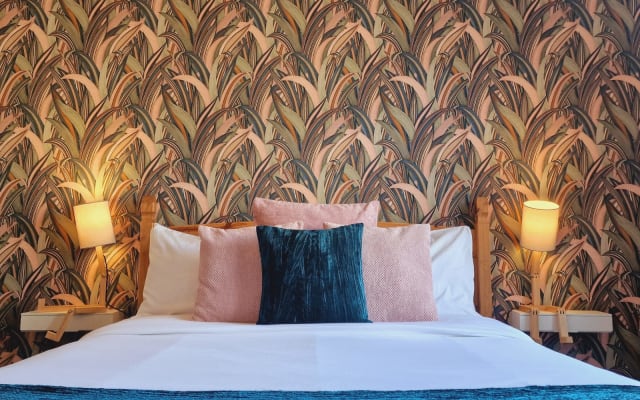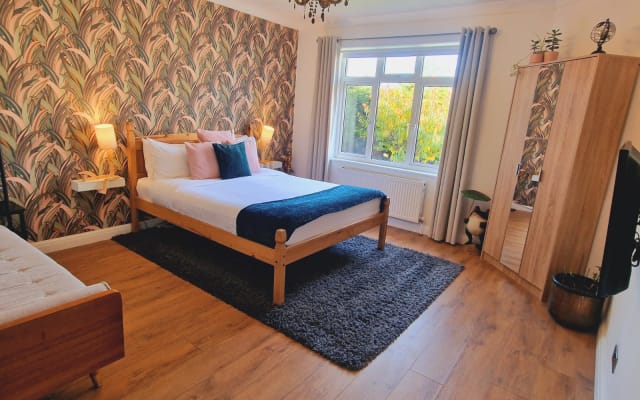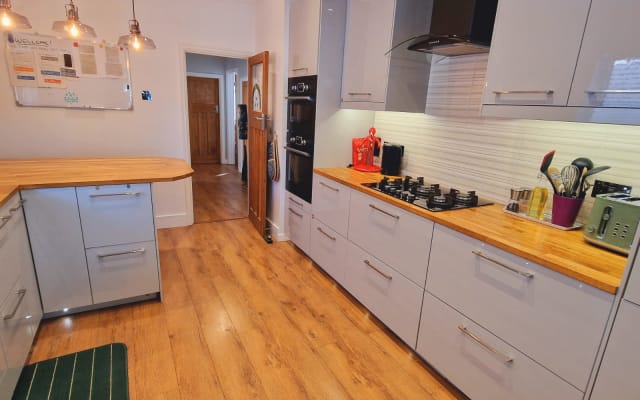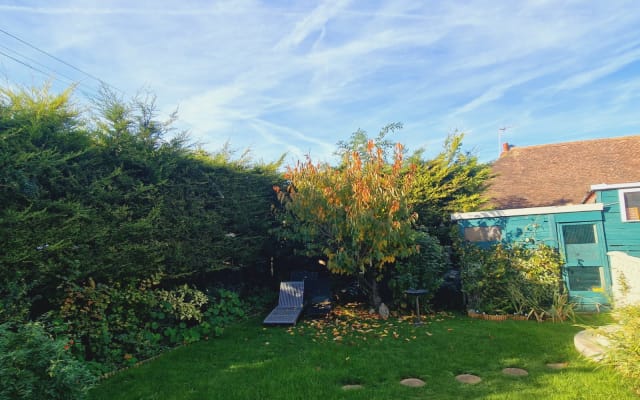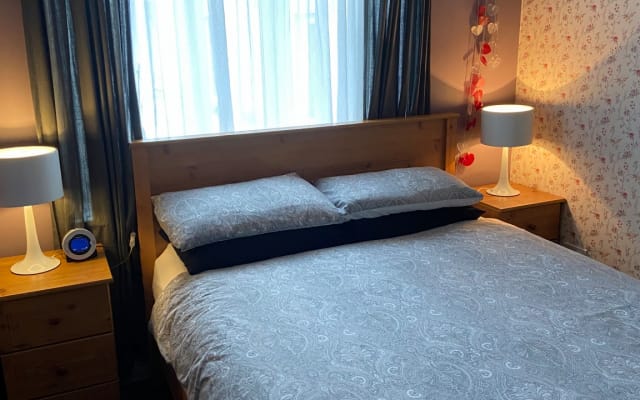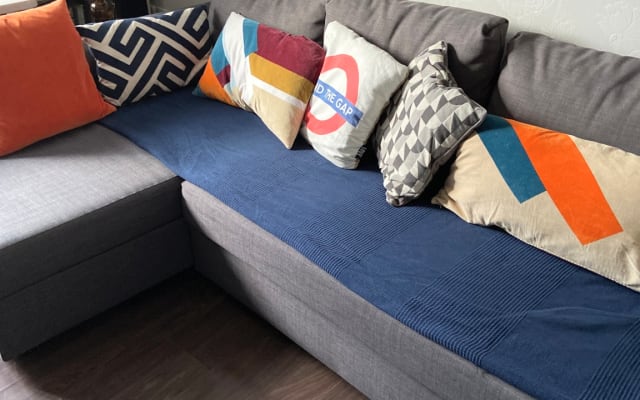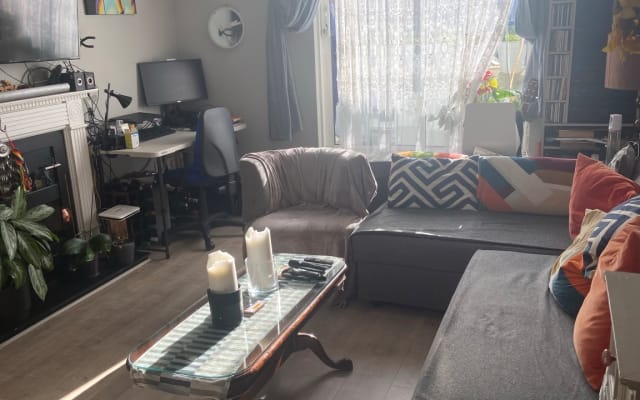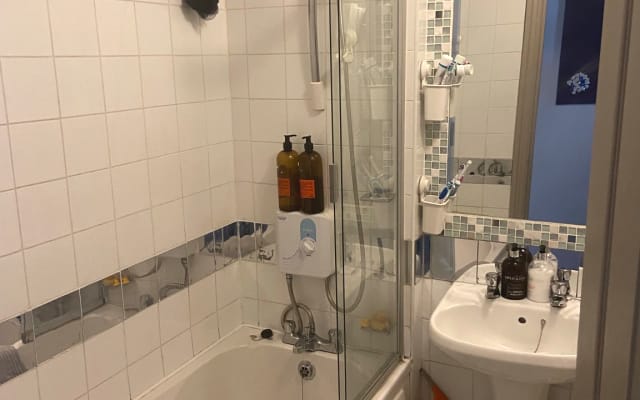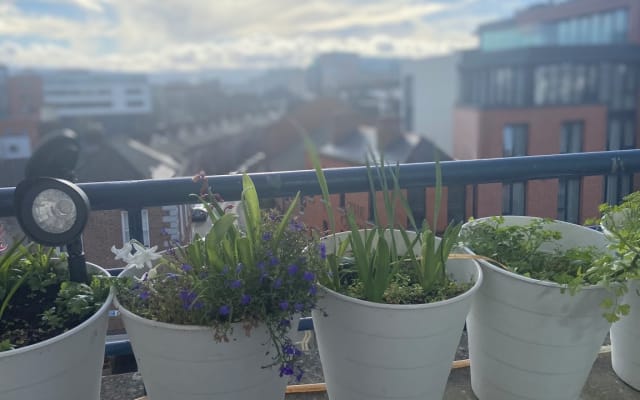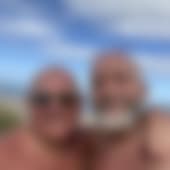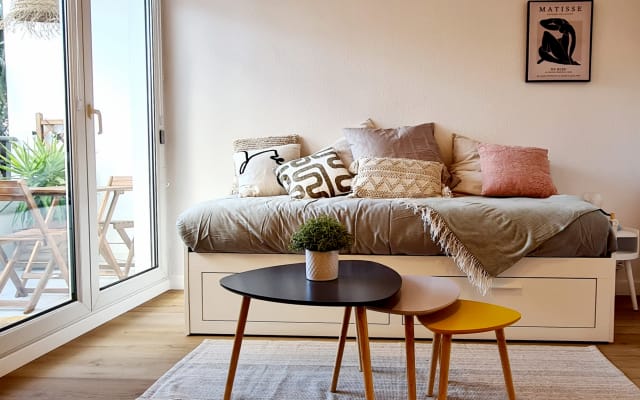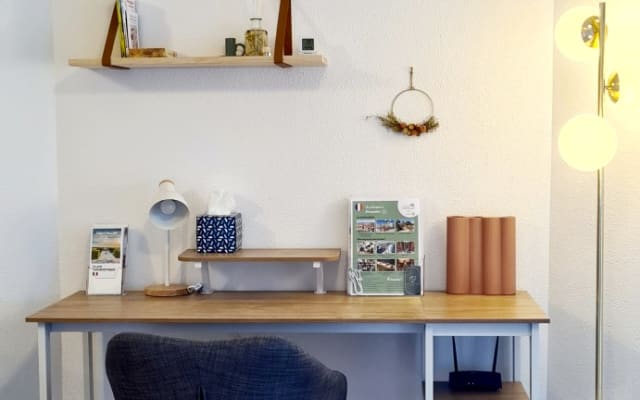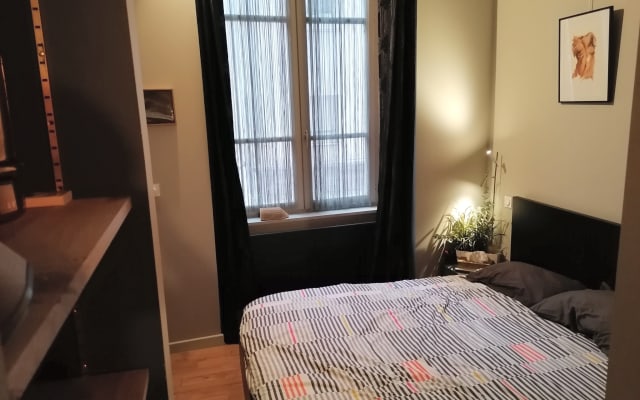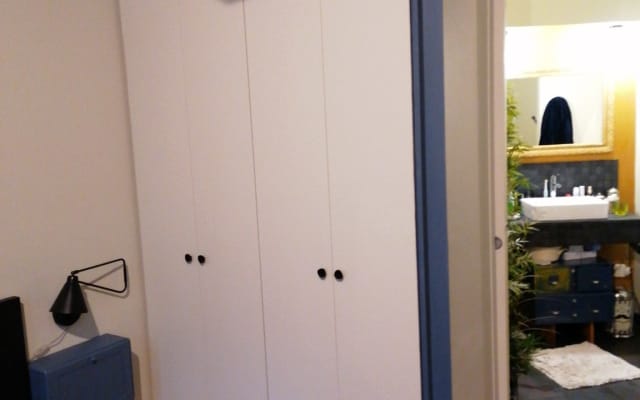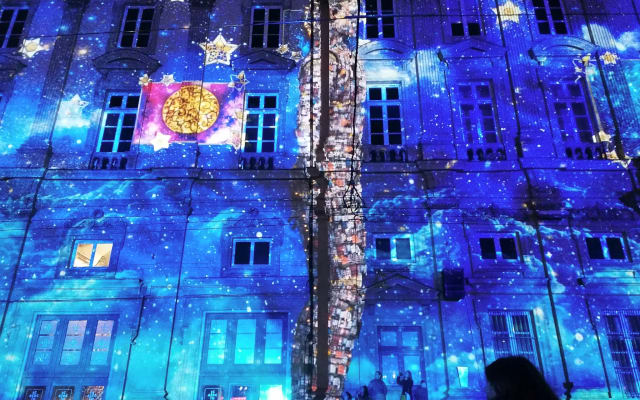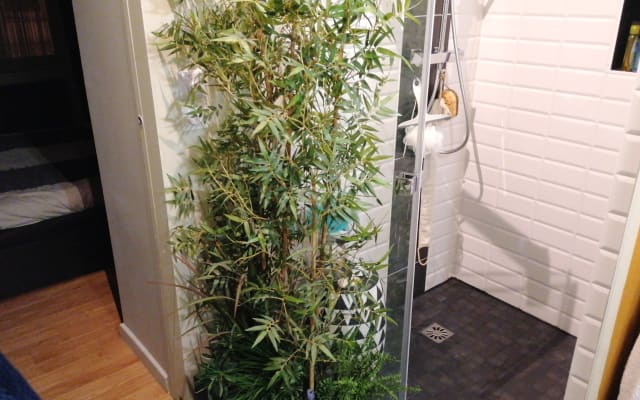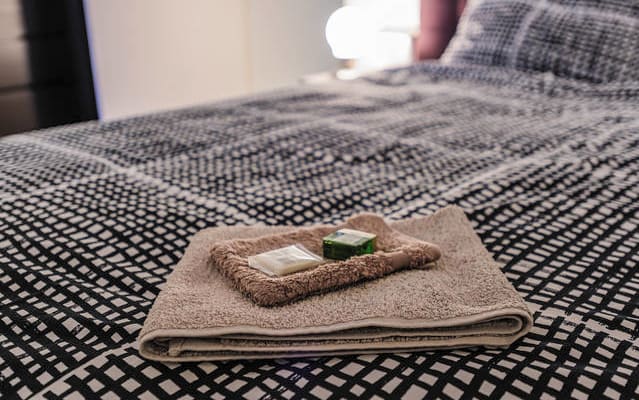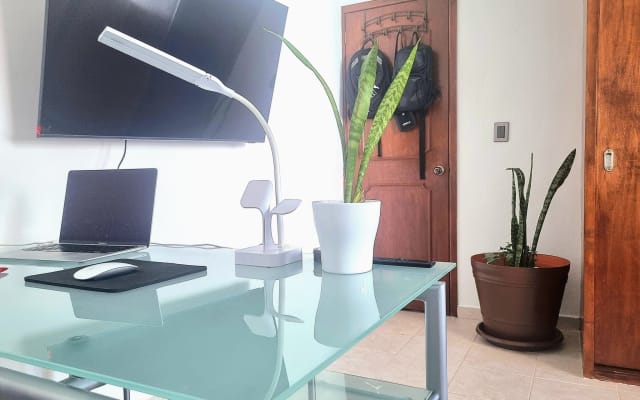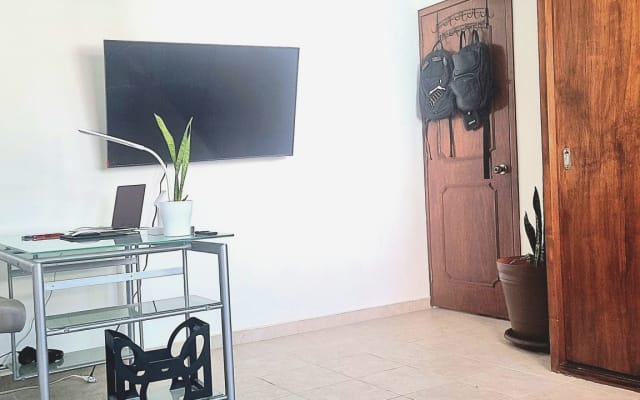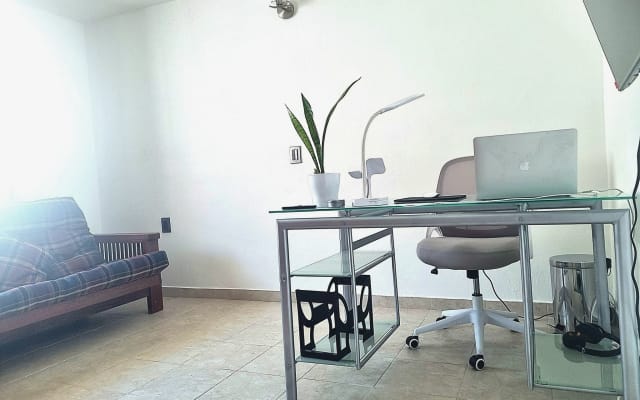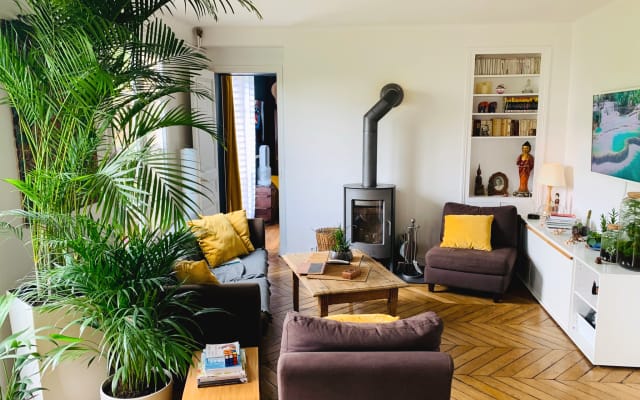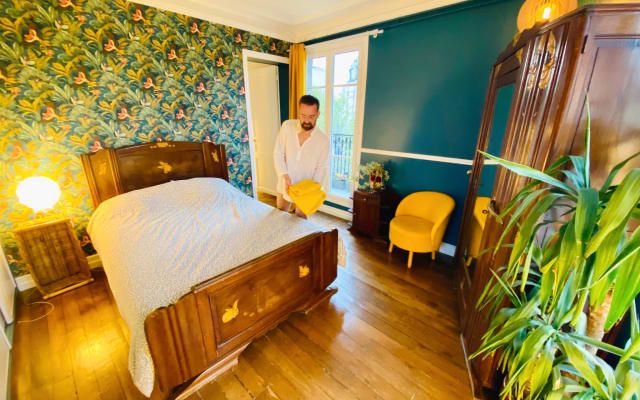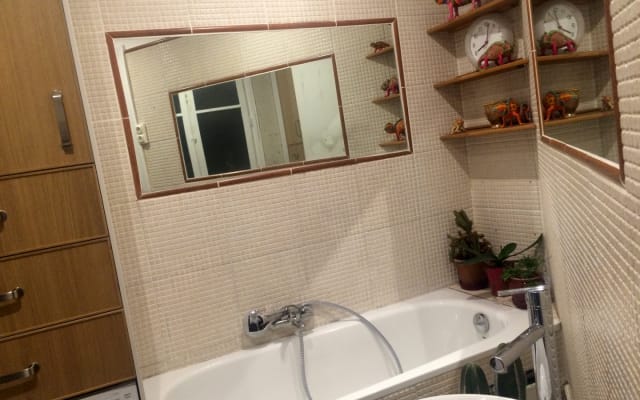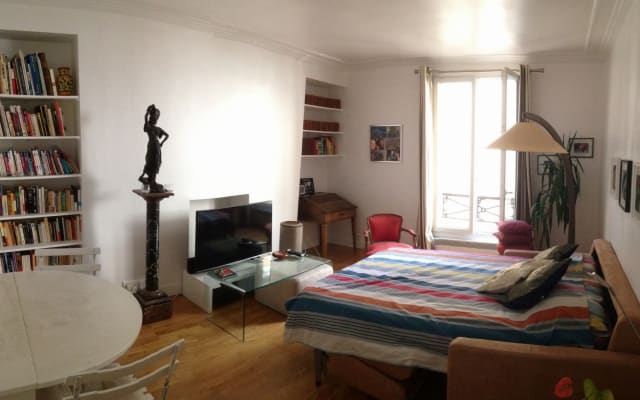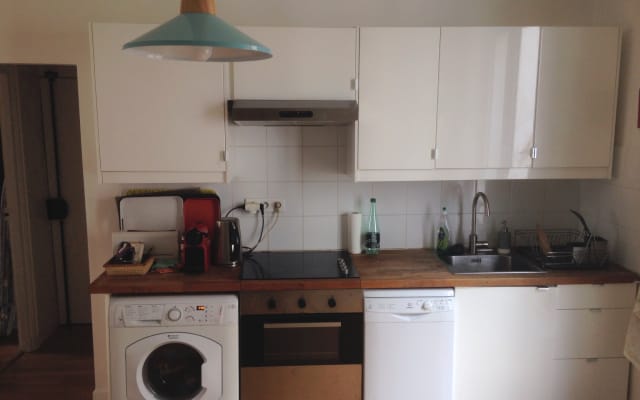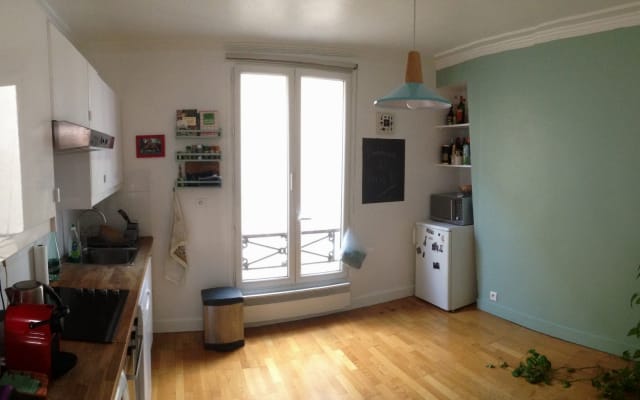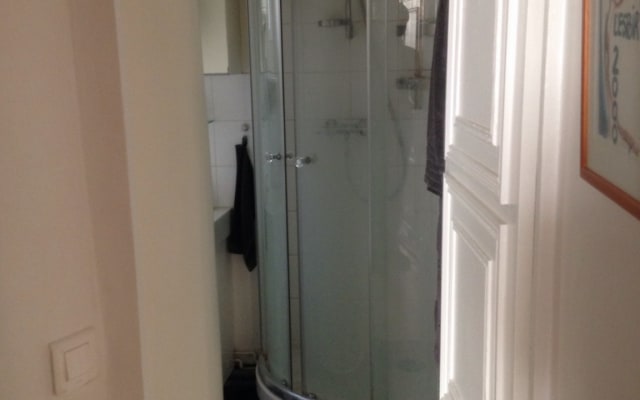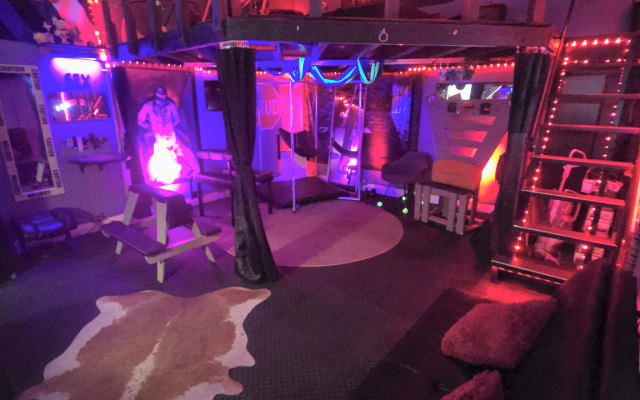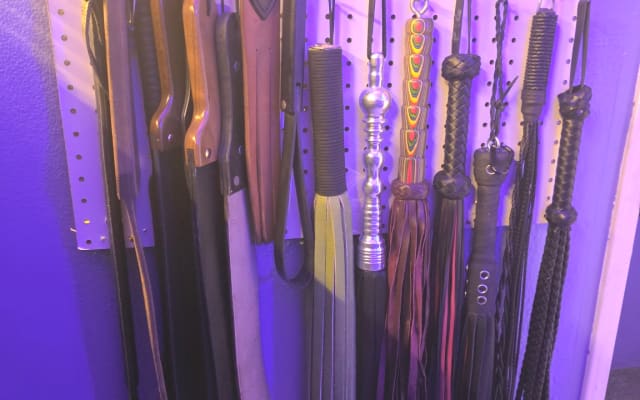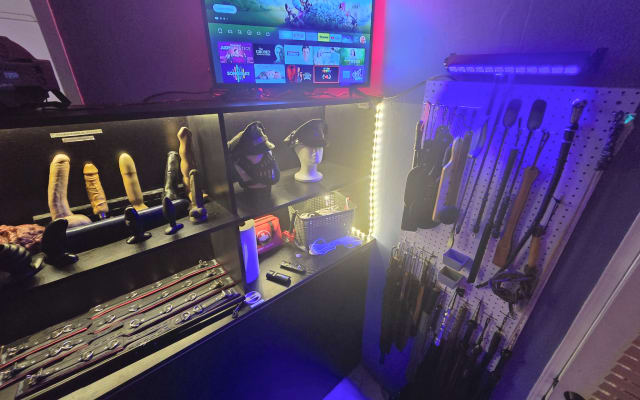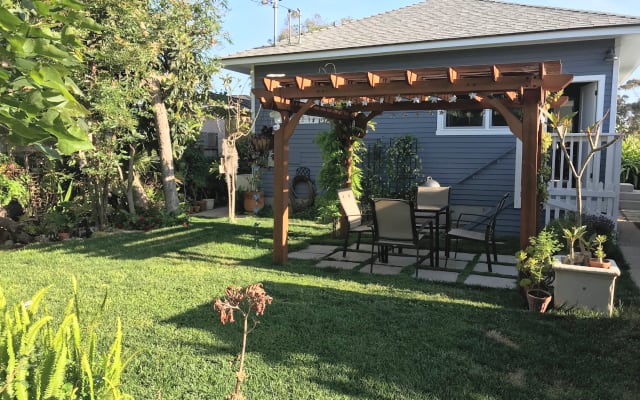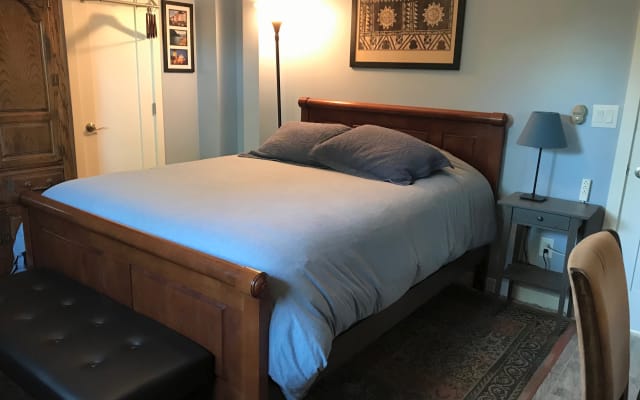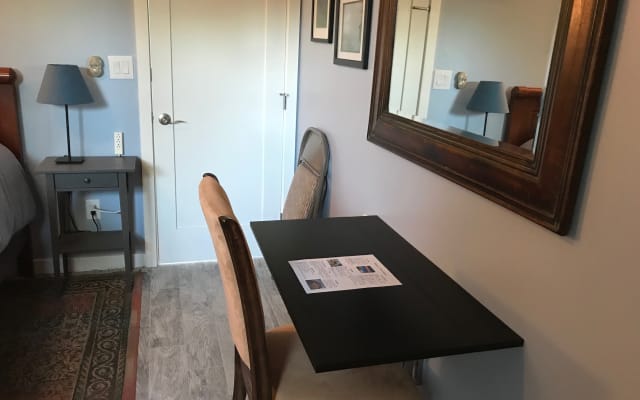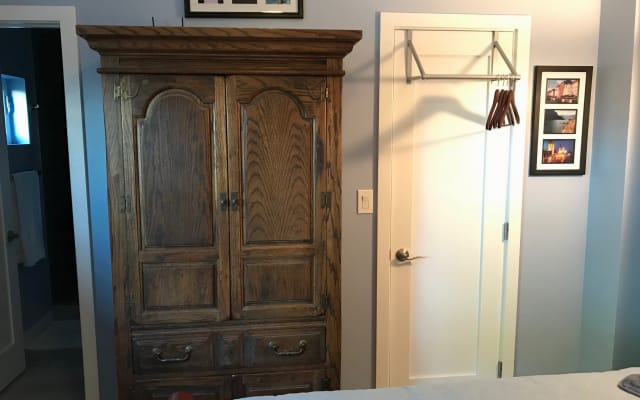Privatzimmer • Brüssel
4.8 (209)
Zimmer direkt im Stadtzentrum
FKK ist zugelassen • Gastgeber teilt lokale Gay-Tipps • LGBTQ+ Lokale in der Nähe
Privatzimmer • Berlin
4.99 (271)
Das Zimmer im Zentrum des Schwulenviertels (am Nollendorfplatz)
Schwulenviertel • FKK ist zugelassen • Küche
Gemeinsamer Raum: wohnzimmer • London
4.95 (242)
Doppelmatratze im Wohnzimmer
FKK ist zugelassen • Küche • Heizung
Privatzimmer • Palm Springs
5 (267)
Warm Sands Casita mit separatem Eingang No Tan Lines!
FKK ist zugelassen • Gastgeber teilt lokale Gay-Tipps • LGBTQ+ Lokale in der Nähe
Gemütliche Design-Vintage-Wohnung neu renoviert in der Nähe des...
Gastgeber teilt lokale Gay-Tipps • LGBTQ+ Lokale in der Nähe • Klimaanlage
Privatzimmer • Paris
4.91 (194)
Paris Mitte
Heizung • Spülmaschine • Föhn
West Hollywood Studio in Fairfax District
Schwulenviertel • Gastgeber teilt lokale Gay-Tipps • LGBTQ+ Lokale in der Nähe
Privatzimmer • Wilton Manors
4.89 (190)
Private Hütte
Schwulenviertel • FKK ist zugelassen • Parkplatz
Geräumiges Boutique-Zimmer und kostenloses Parken
Gastgeber teilt lokale Gay-Tipps • Separater Arbeitsbereich • Parkplatz
Privatzimmer • Dublin
4.96 (223)
Fantastische Lage!! Stadtzentrum!!
Gastgeber teilt lokale Gay-Tipps • LGBTQ+ Lokale in der Nähe • Fitnessraum nebenan
Gemütliches Studio im Stadtzentrum
Gastgeber teilt lokale Gay-Tipps • Separater Arbeitsbereich • Küche
Privatzimmer • Lyon
4.84 (213)
Ein 5-Sterne-Hotel!!! im Herzen von Lyon
FKK ist zugelassen • Gastgeber teilt lokale Gay-Tipps • LGBTQ+ Lokale in der Nähe
Gemütliches Haus im emblematischen Coyoacan, im Süden der Stadt.
Gastgeber teilt lokale Gay-Tipps • Fitnessraum nebenan • Separater Arbeitsbereich
Privatzimmer • Paris
5 (245)
Wohnung mit großem Schlafzimmer in der Nähe von Montmartre und dem...
FKK ist zugelassen • Gastgeber teilt lokale Gay-Tipps • LGBTQ+ Lokale in der Nähe
Privatzimmer • Paris
4.95 (264)
Privates Zimmer, Doppelbett, Canal St Martin
FKK ist zugelassen • Frühstück inbegriffen • Küche
Ganze Wohnung • West Hollywood
4.82 (133)
Privates Studio/Verlies/Spielbereich/Film- und Fotostudio {THE PIG PEN
Schwulenviertel • Gastgeber teilt lokale Gay-Tipps • LGBTQ+ Lokale in der Nähe
Privatzimmer • San Diego
4.98 (222)
10 Min. Spaziergang zum Gay-Viertel/Privatbad/Sep.eingang
FKK ist zugelassen • Gastgeber teilt lokale Gay-Tipps • LGBTQ+ Lokale in der Nähe

